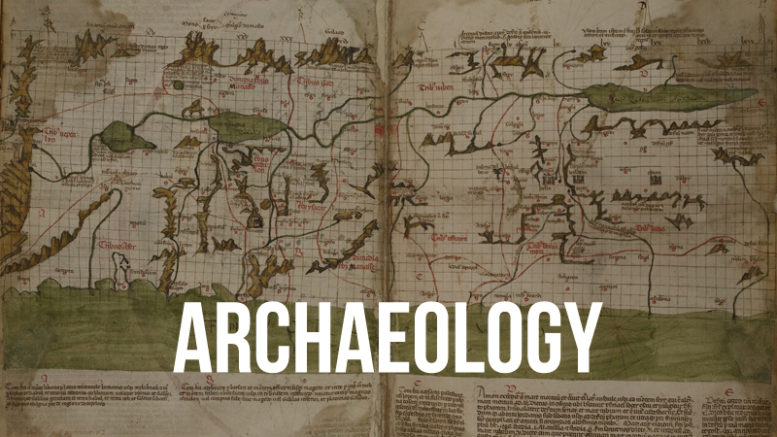A large slab of sandstone covered in superbly preserved hieroglyphic inscriptions was recently unearthed by an Egyptian farmer working in his fields.1 The slab is 230 cm (91 in) long, 103 cm (41 in) wide, and 45 cm (18 in) thick.2 It was discovered near the town of Ismailia (which, incidentally, I visited in 1999, during my time in the seismic industry in Egypt) on the west bank of the Suez Canal.
The stone slab, technically known as a stele or stela, is dedicated to a 26th Dynasty Egyptian pharaoh called Wahibre Haaibre (see box on ‘Pharaonic names’). This ruler is recognized by scholars as none other than the Egyptian king mentioned in Jeremiah 44:30 as Hophra.3 He was also known as Apries by the Greeks, notably by the historians Herodotus (c. 484–c. 425 BC) and Diodorus (c. 90–c. 30 BC). Alternate Greek and Egyptian spellings of Uaphris and Waḥibprê are attributed to the Egyptian historian Manetho (c. early third century bc).4
How do scholars know these different names refer to the same person? For one thing, the names don’t look the same; or do they? Egyptologists recognize that the biblical writers often used abbreviated forms of pharaonic names, leaving out the various lengthy formal titles. This was done for Hophra, whereby his personal Egyptian name was transliterated into Hebrew letters, but with minor changes (see box again). This may have been deliberately done to make a pun on his name, which in Hebrew sounds like a combination of two words: 1) ḥepha ‘to cover/veil one’s head in sorrow, particularly before execution’5 and 2) ra` ‘evil’.6 The combined words mean something like ‘to have one’s head covered by evil before execution.’ This suits the context of what Jeremiah prophesied would happen to Hophra. Another wordplay involves the fact that the ra` in Hophra’s name, which happens to sound, as indicated above, just like Hebrew for ‘evil’, denotes the Egyptian sun god.
CONTINUE TO FULL ARTICLE ON CREATION.COM

